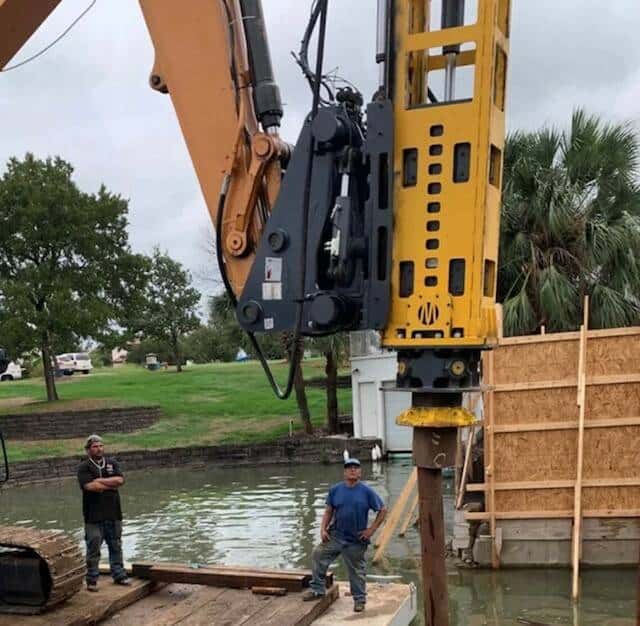The Power of Hydraulic Hammers and Tackers in Construction
In the modern construction and demolition industry, efficiency and effectiveness are paramount. Tools such as hydraulic hammers and tackers play a crucial role in streamlining operations and ensuring that projects are completed on time and within budget. This article explores the functionalities, applications, and advantages of hydraulic hammers and tackers, emphasizing their importance in various construction tasks.
Understanding Hydraulic Hammers
Hydraulic hammers, often referred to as jackhammers or breakers, are powerful tools designed to break apart concrete, asphalt, and other hard materials. They are widely used in various applications, including:
- Demolition: Hydraulic hammers are integral in demolishing buildings and structures, allowing for precise control over the destruction process.
- Excavation: With attachments available for skid steers, backhoes, and excavators, these hammers facilitate efficient digging and trenching, making them indispensable for excavation projects.
- Mining: Their robust performance makes them suitable for rock excavation in mining operations, where durability and power are crucial.
Performance and Efficiency
Leading manufacturers such as Caterpillar, Epiroc, and CASE offer hydraulic hammers that are engineered for optimal performance. For instance, Caterpillar’s hydraulic hammers are designed for various machine sizes, ensuring that operators can match the hammer to their equipment for enhanced efficiency. Epiroc’s breakers are noted for their low noise and vibration, which is beneficial for urban construction sites where minimizing disturbance is essential.
The Versatility of Tackers
On the other hand, industrial tackers, like the Uline Hammer Tacker, are designed for a different set of tasks. They are predominantly used for:
- Stapling Packing Lists: Fastening documentation to boxes for shipping and organization.
- Securing Materials: Heavy-duty tackers are ideal for securing poly sheeting, roofing paper, and other construction materials to wooden crates or surfaces.
The Uline Hammer Tacker stands out for its ability to facilitate quick, repetitive stapling, making it an essential tool in warehouses and shipping departments.
Choosing the Right Equipment
When selecting the appropriate hydraulic hammer or tacker, several factors should be considered:
- Type and Size of the Project: Larger demolition or excavation tasks may require more powerful hammers, while smaller projects might benefit from lighter, more portable options.
- Compatibility with Existing Equipment: Ensuring that the hammer is compatible with the excavator or backhoe is vital for safety and efficiency.
- Specific Application Needs: Different hammers come with various attachments (e.g., moil points, blunt ends) tailored to specific tasks, such as breaking concrete or digging.
Safety Considerations
Using hydraulic hammers and tackers requires adherence to safety protocols to prevent accidents and injuries. Operators must be trained in the operation of the equipment and should always wear appropriate personal protective equipment (PPE). Additionally, understanding the manufacturer’s guidelines for usage can help maintain the tools and extend their lifespan.
Conclusion
In conclusion, hydraulic hammers and tackers are indispensable tools in the construction industry. Their ability to enhance efficiency, reduce labor costs, and improve project timelines cannot be overstated. By choosing the right equipment and adhering to safety practices, construction professionals can ensure that they are well-equipped to tackle the demands of any project. Whether you are breaking through concrete with a hydraulic hammer or stapling packing lists with a tacker, these tools are designed to deliver performance and reliability in every task.




































